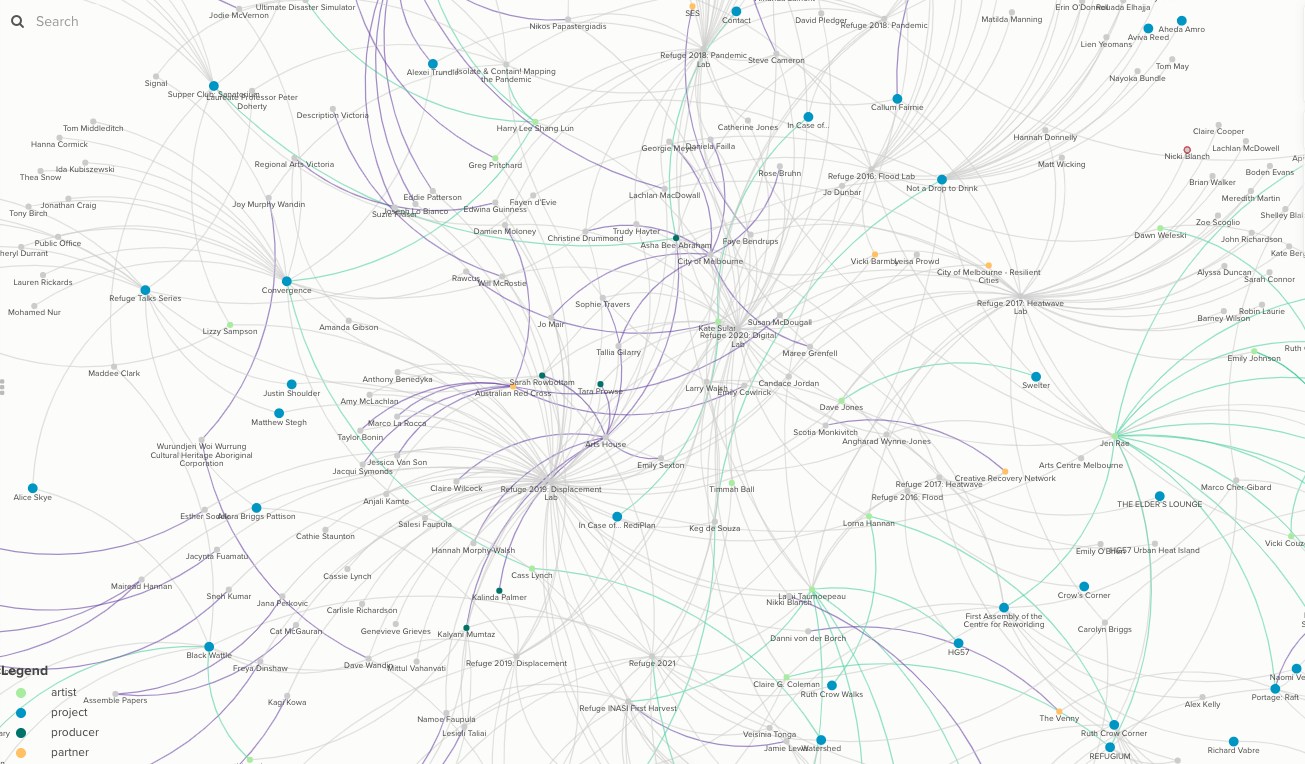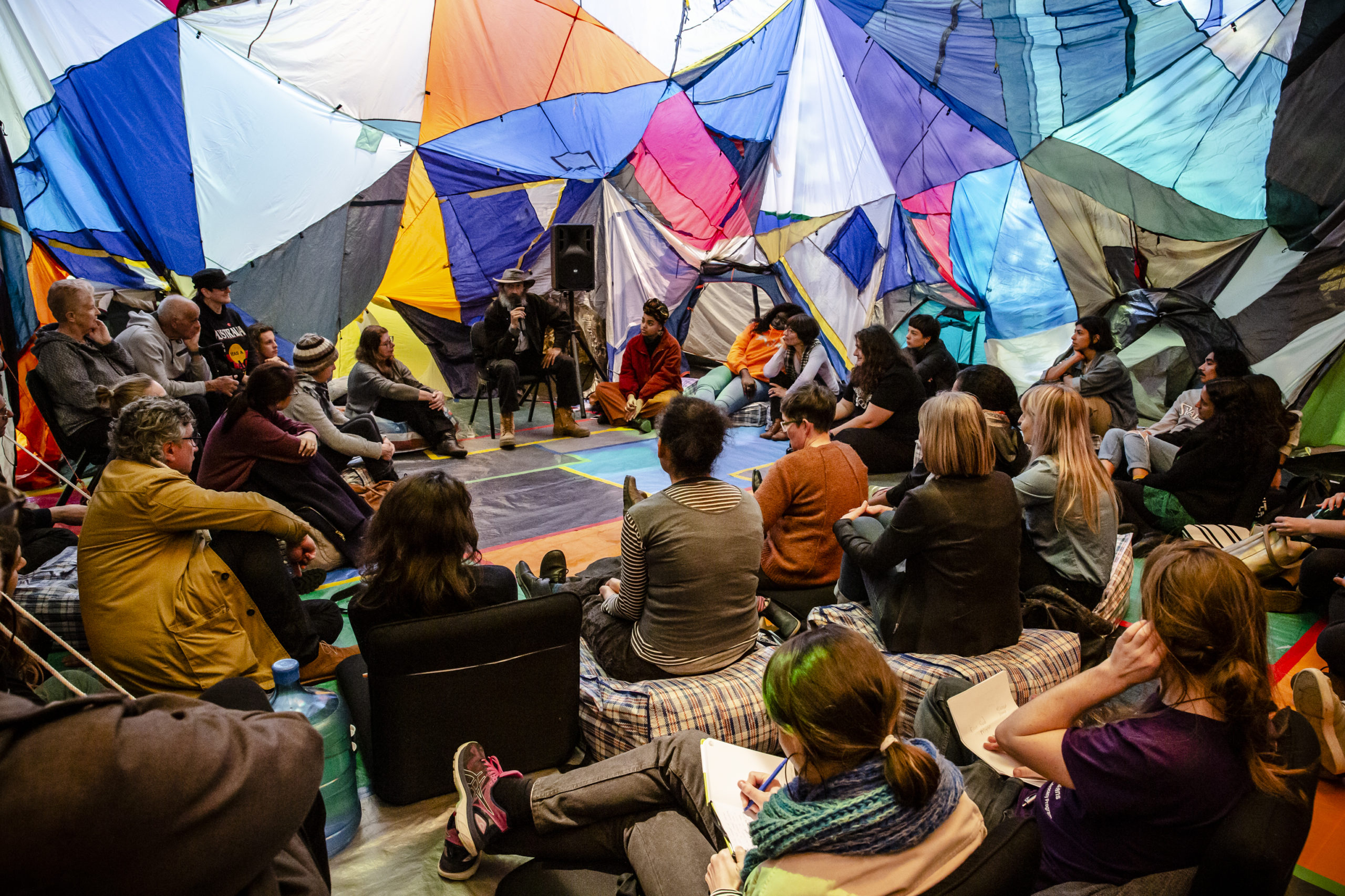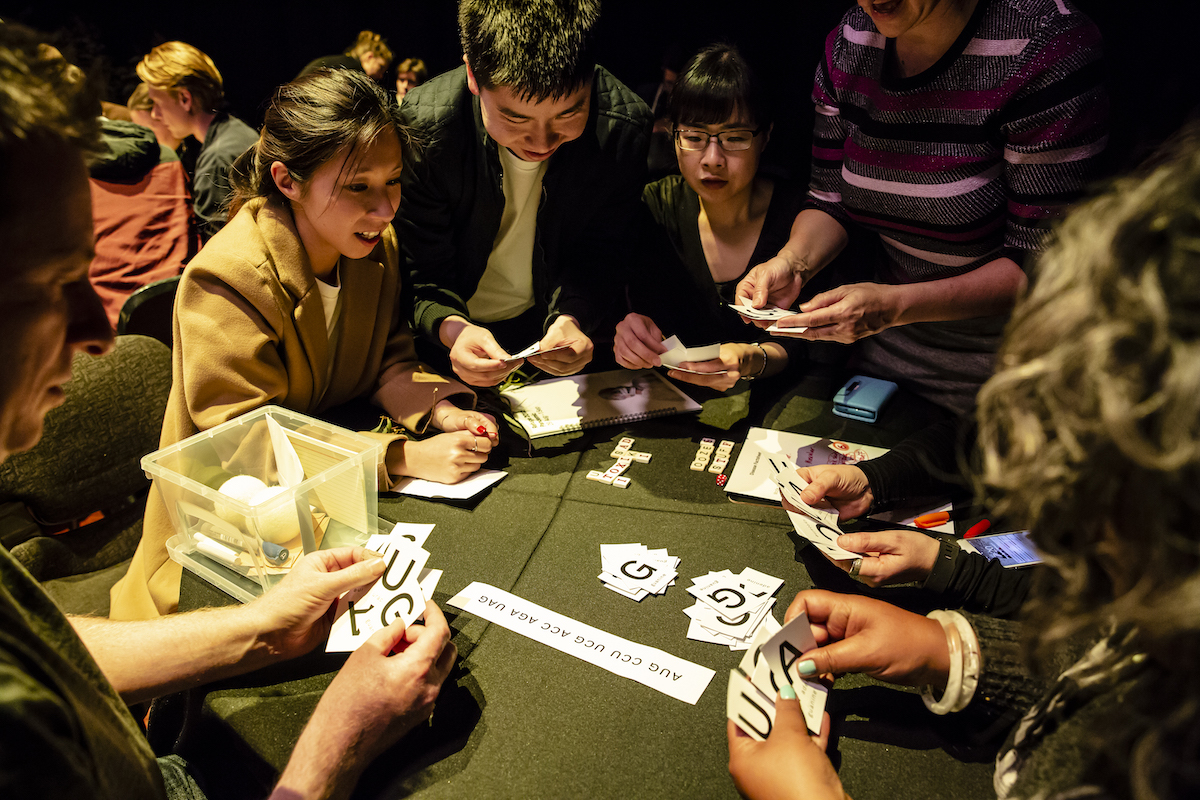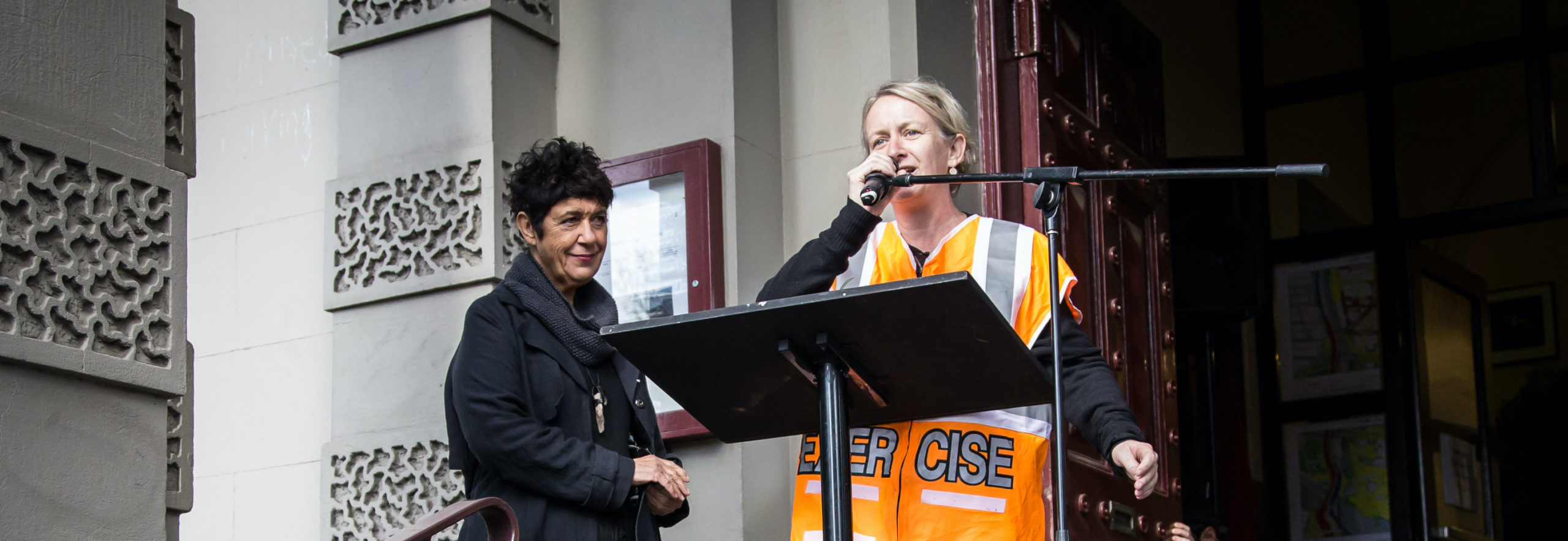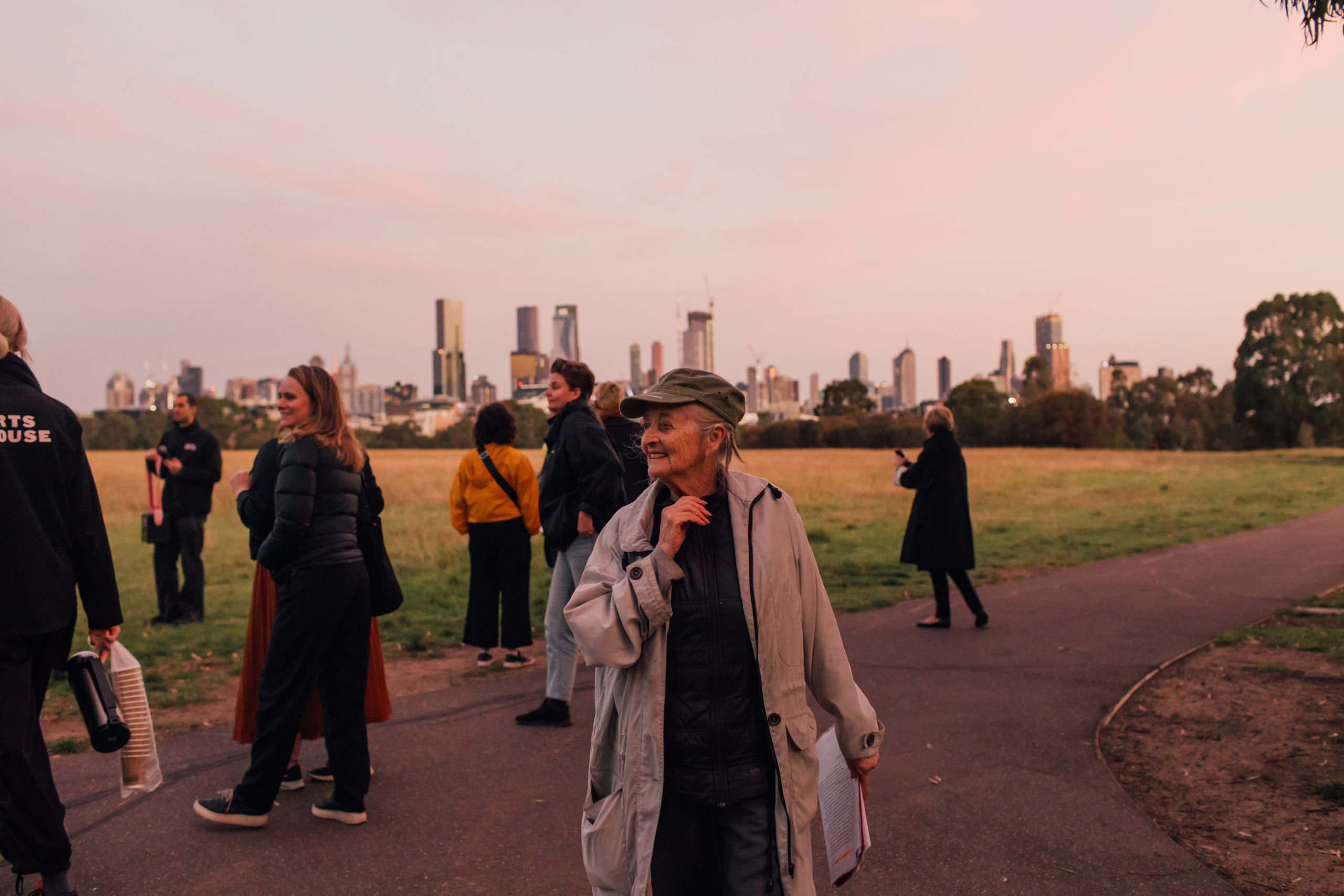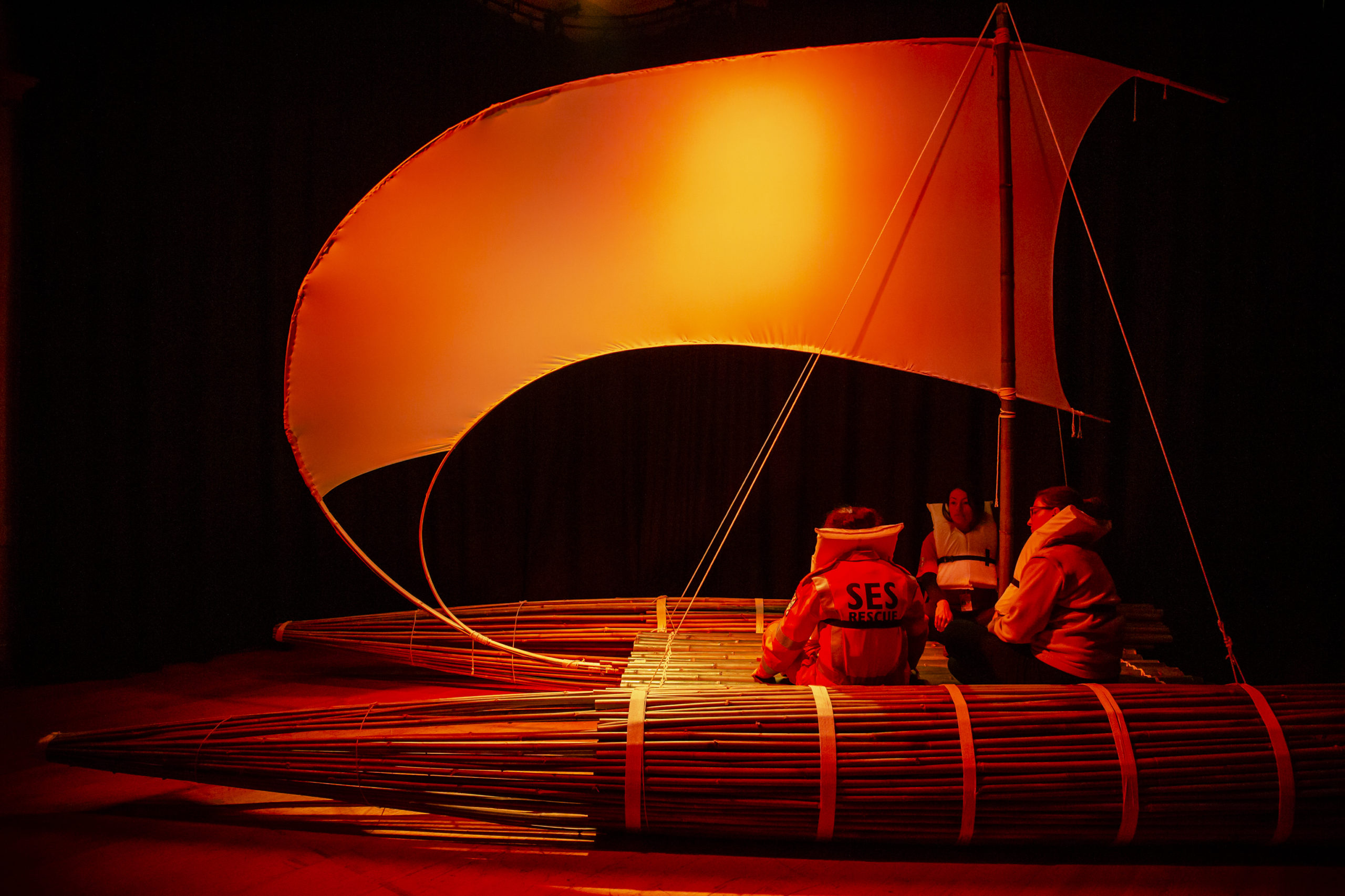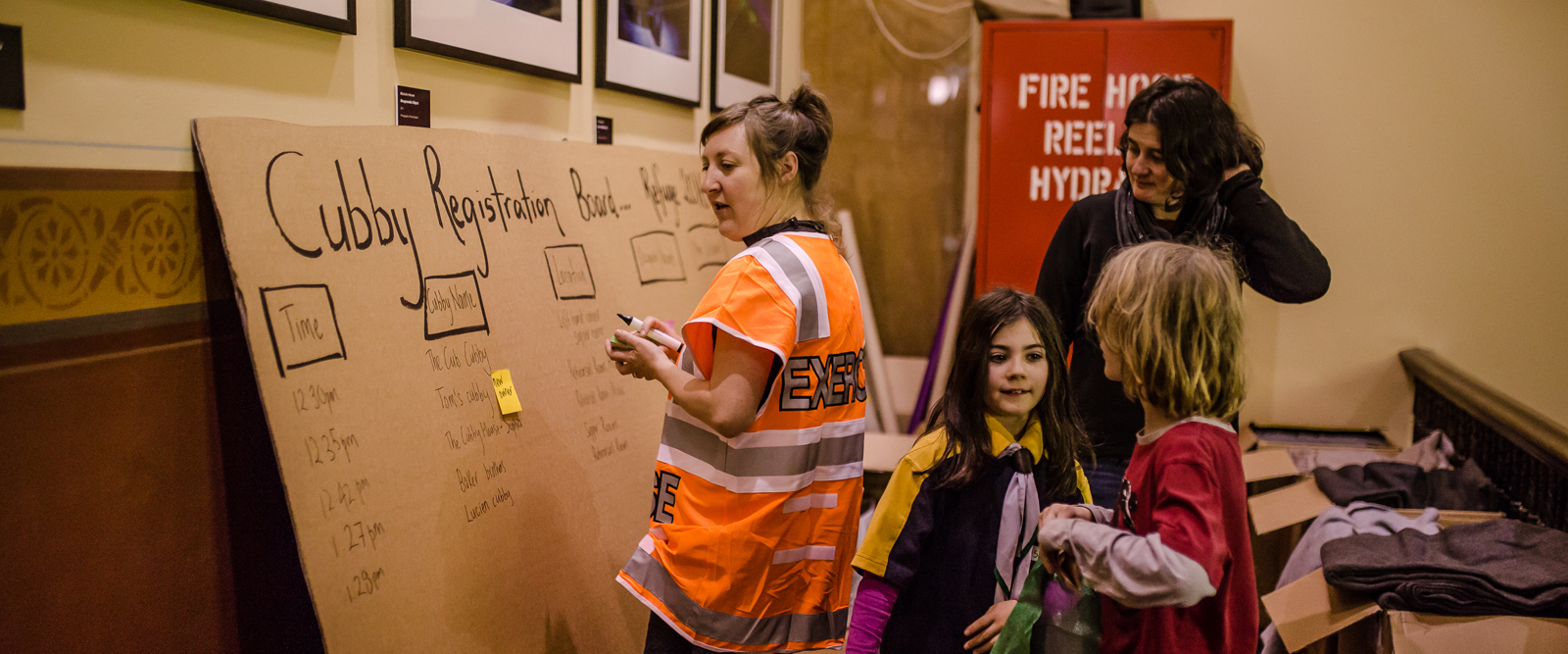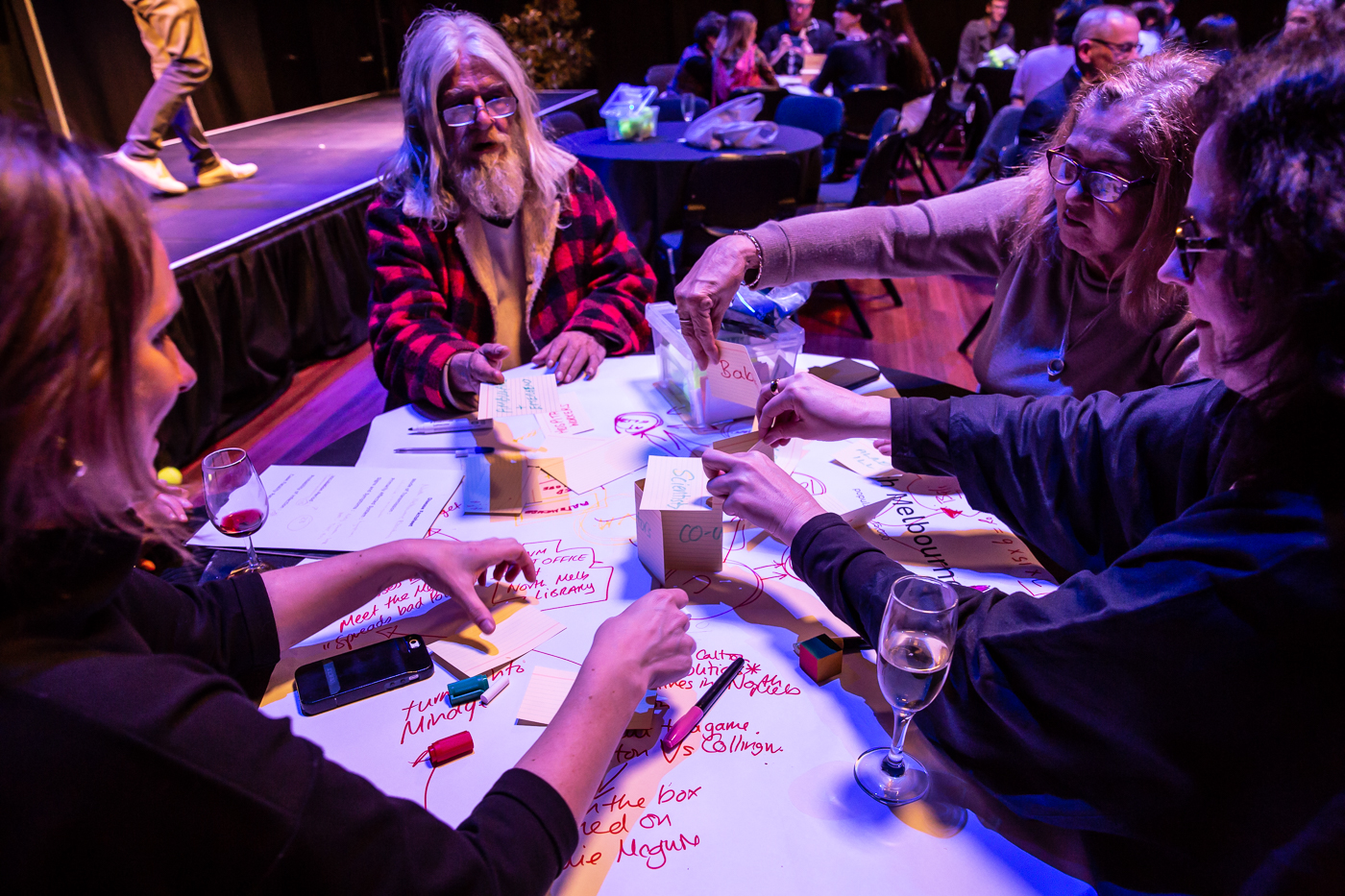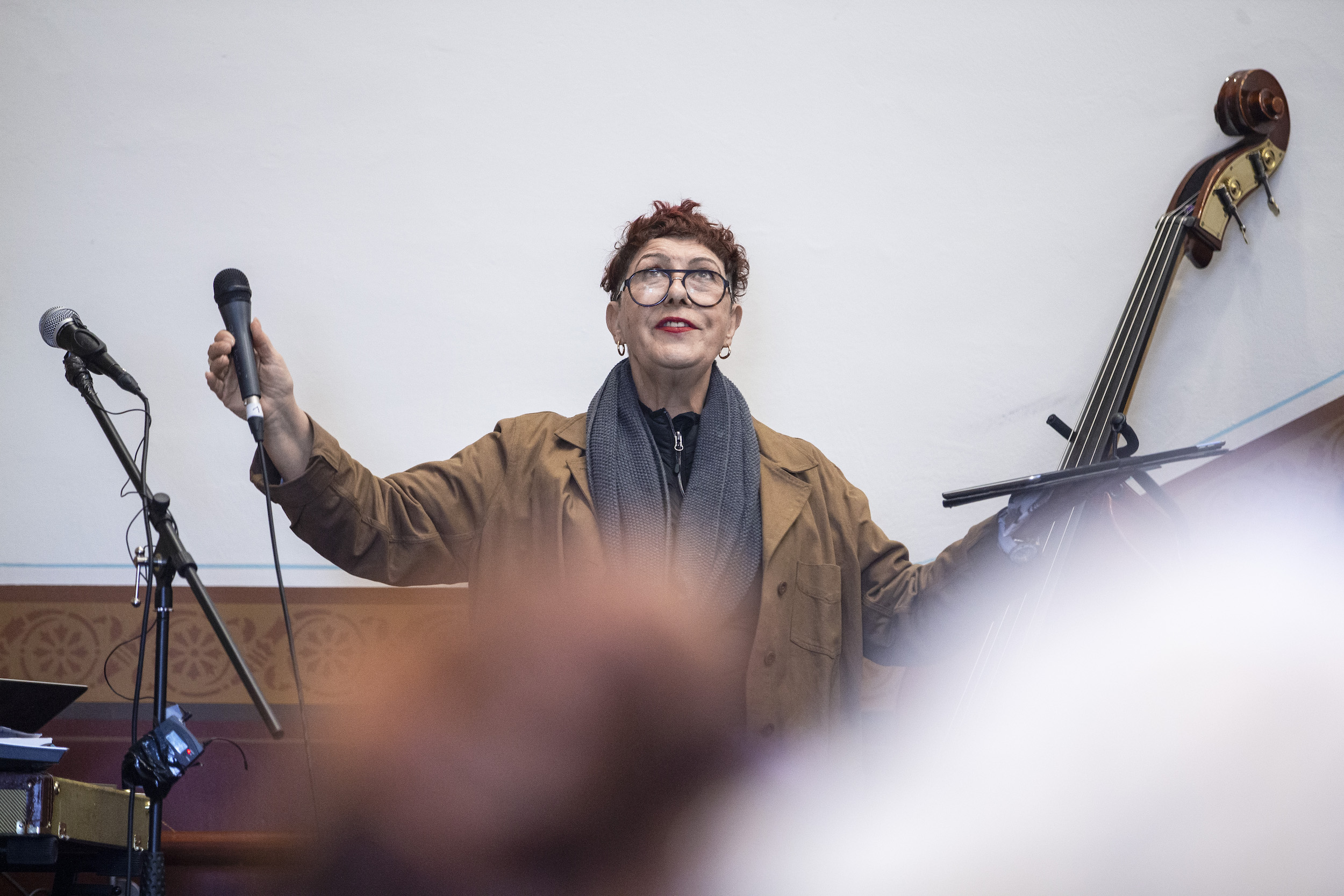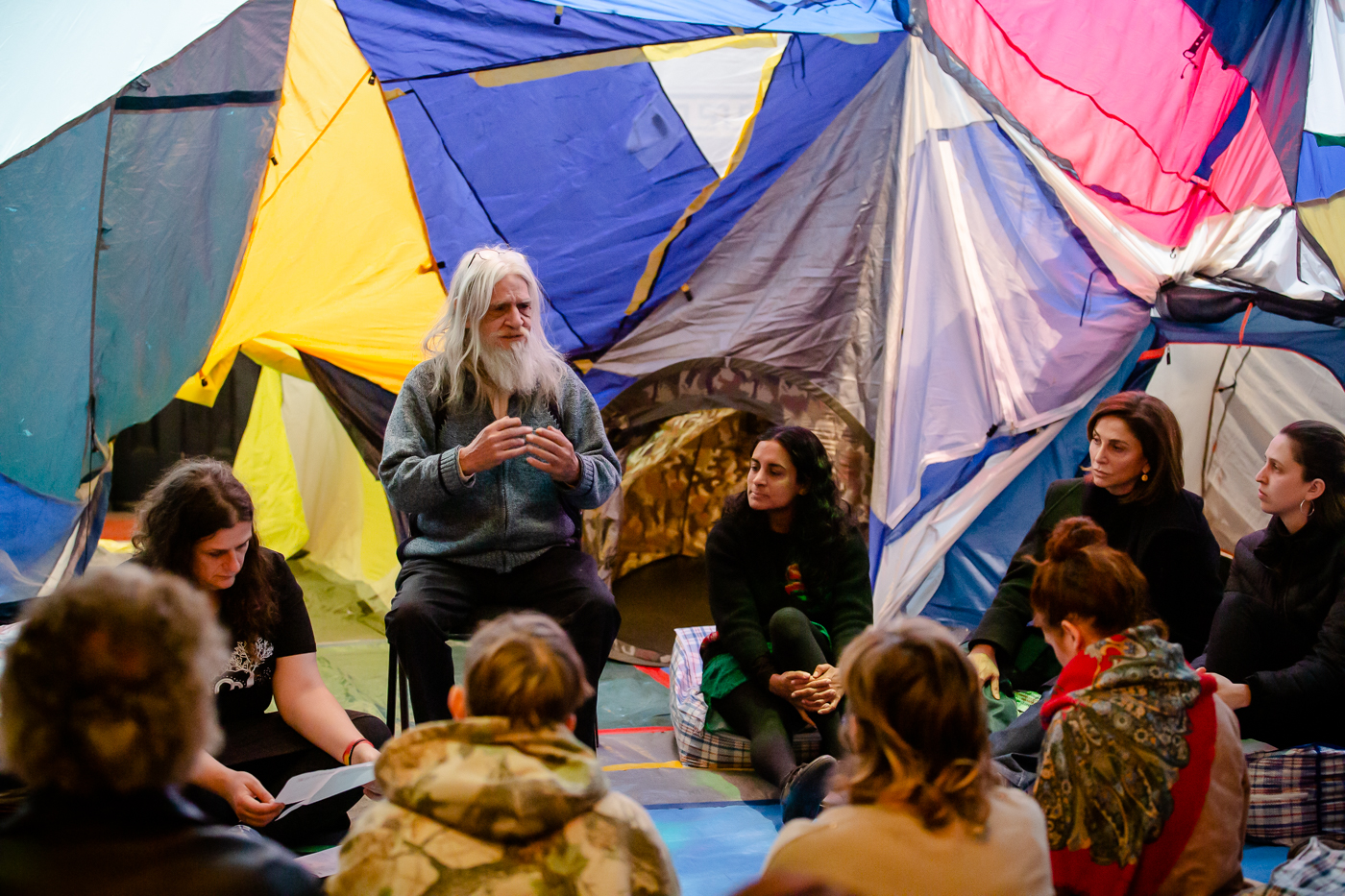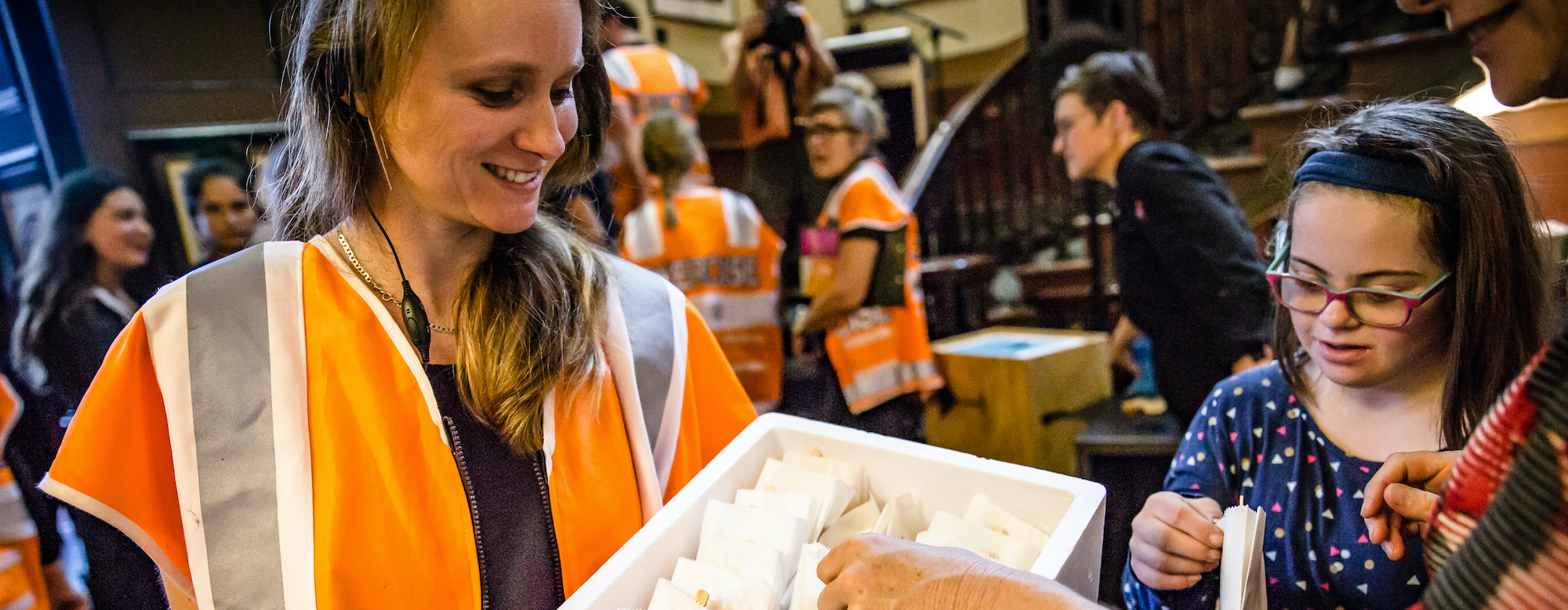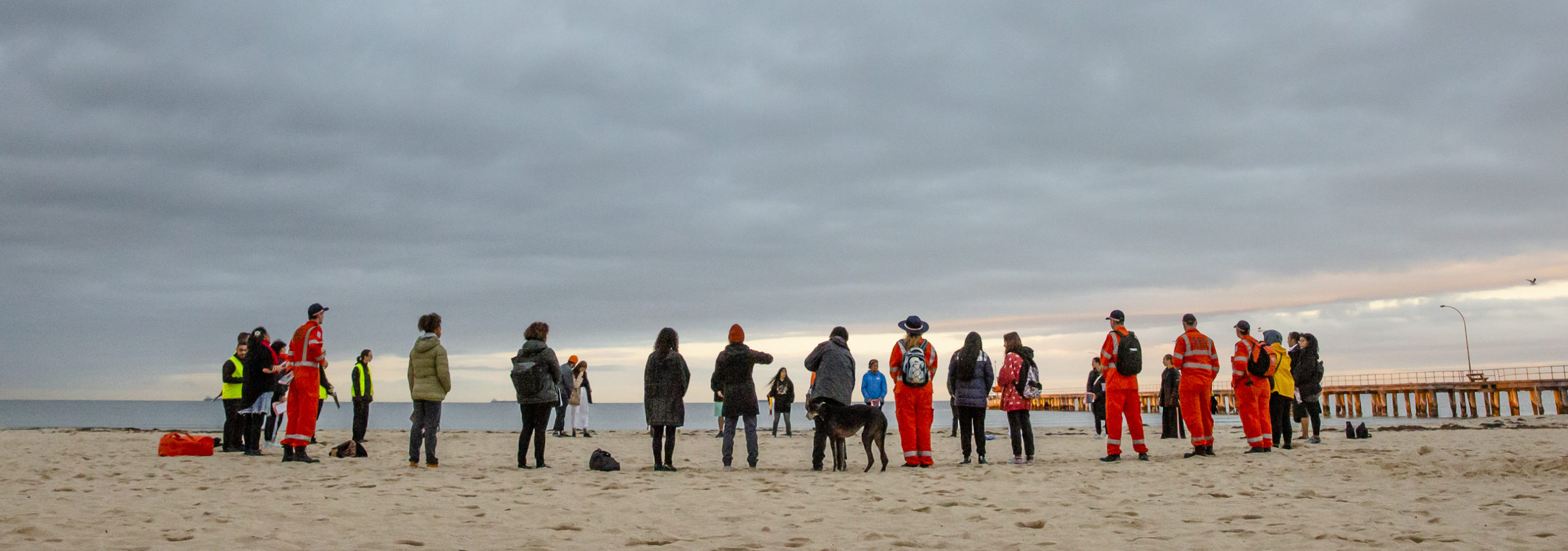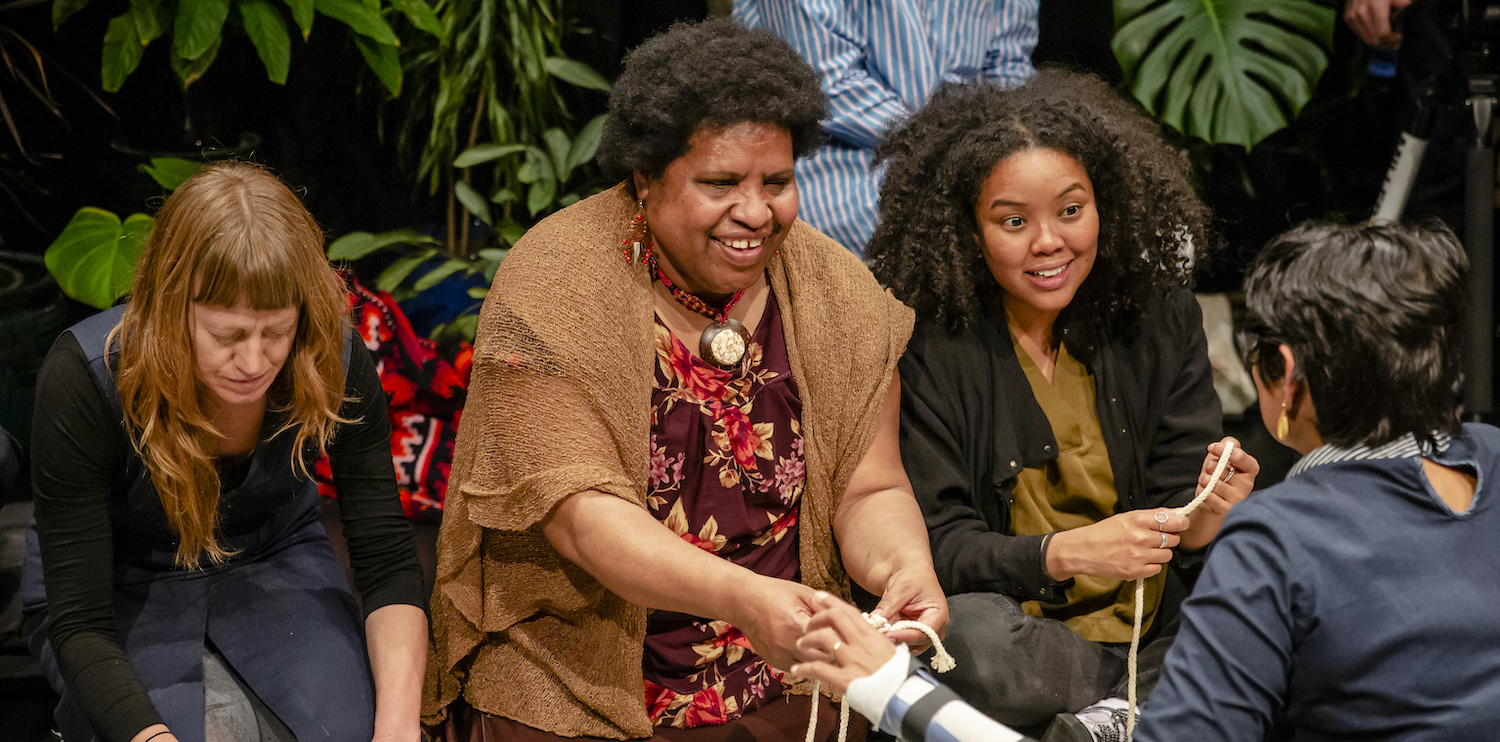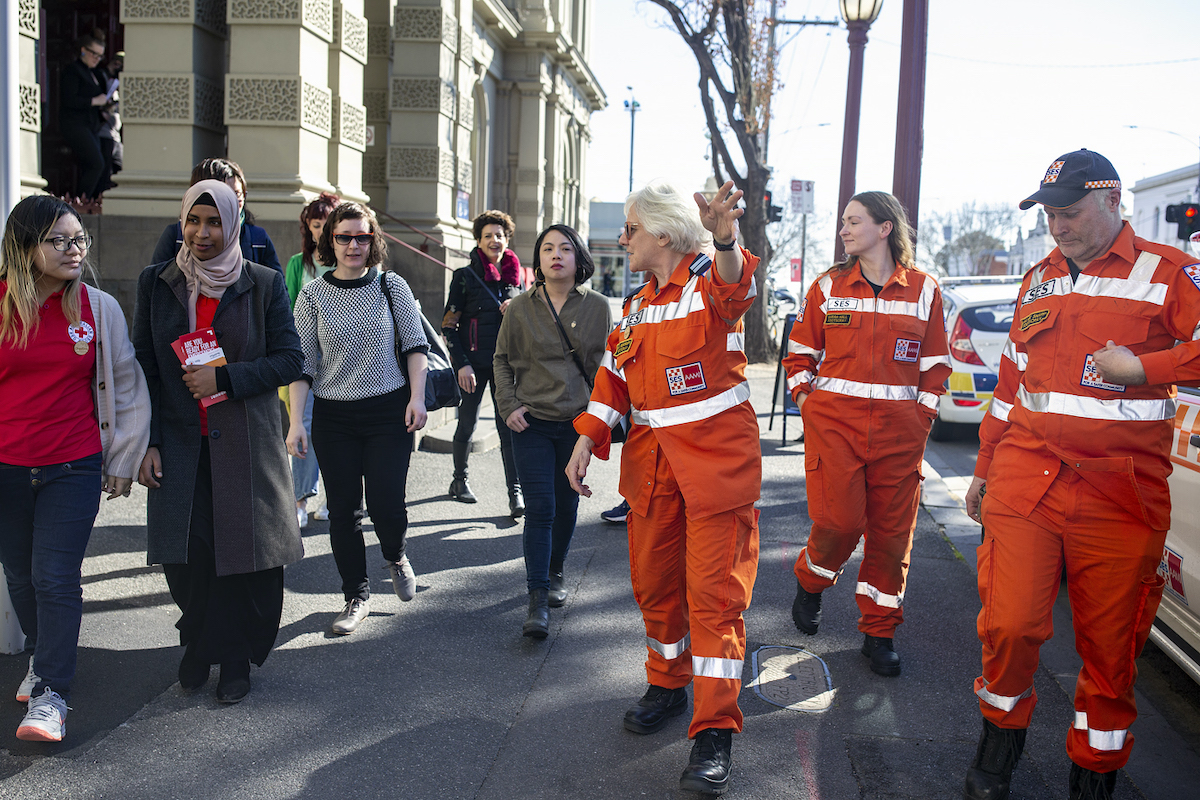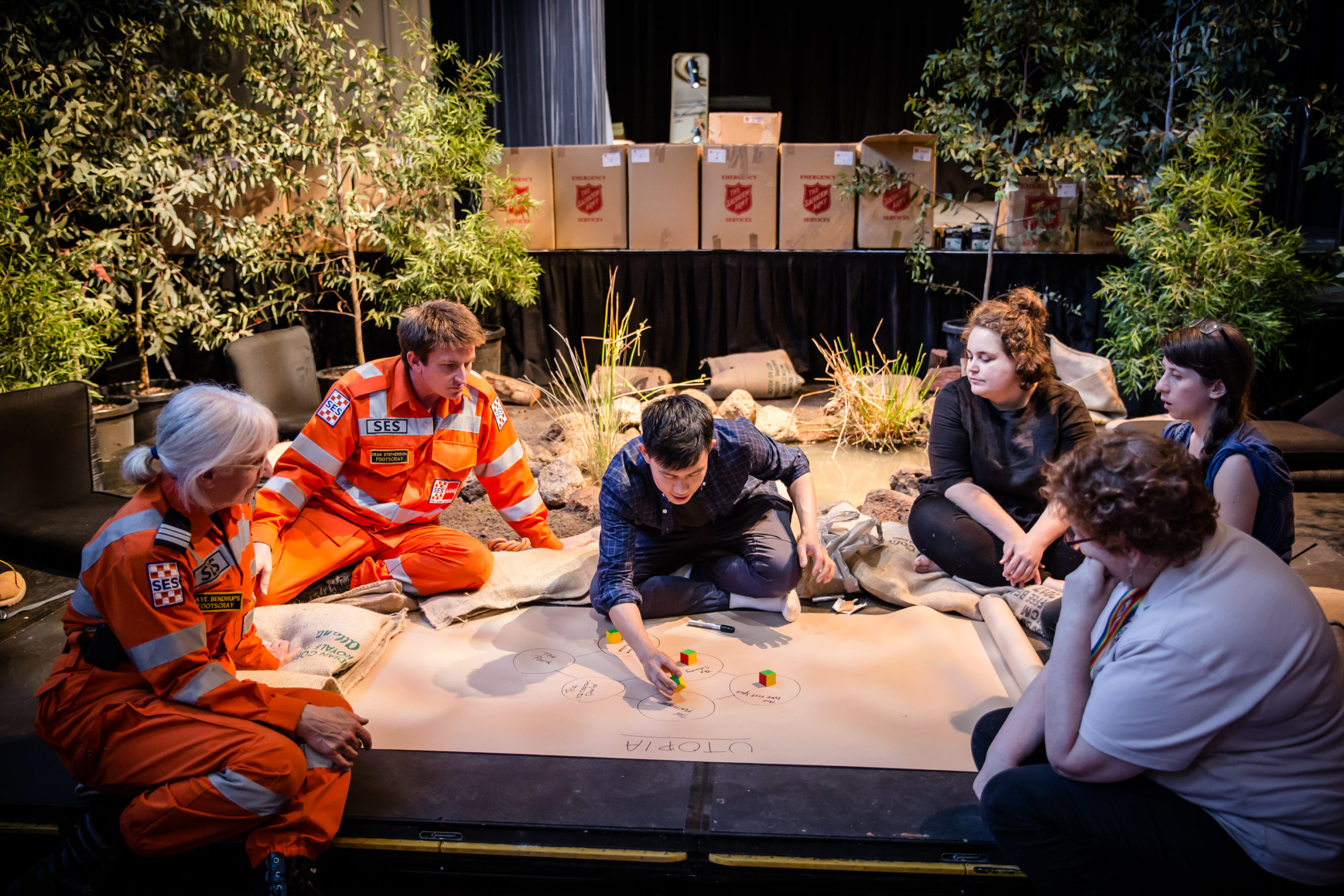Time, And the World Cracked Open
David Pledger
This piece is from the collection, In The Time of Refuge.
Metrics is an organising principle of our lives. Everything is measured. Our steps, our social credits, our family members, our screen time, our financial capacity, vaccination rates, food miles, productivity, trees felled, the tick-tocks before global warming reaches the tipping point-of-no-return. Measurement relates directly to time. How long did the steps take to walk, how long will our family members live, how long will it take to increase our financial capacity or food to get to our table, how long before productivity returns to sustainable levels, how long does it take for a tree to fall in a forest. Seconds. Minutes. Hours. Days. Weeks. Months. Years. Decades. Centuries. Millenia. Time. Measured in Western civilisation. By a single mechanism. The clock.
The clock co-ordinates our relations with each other and with other things. Its history is bound up in a transition out of an era in which the sun, the moon, the tides dictated our sense of the passage of time into the Industrial Age, in which the mechanisation of time served the great mission of Capital’s relationship with Labour. The history of the clock is a history of humans exerting control over Nature, the seasons, the weather, the arcadian rhythm. That this exertion is often done for the benefit of extractive capitalism doubly compounds our relationship with Nature. Nature is not integral to our conception of ourselves as a species, it is supply for our needs and demands. The progress of Western civilisation is in large part due to our controlling Nature – bending it to our concept of time – and breaking with it – casting it as a backdrop to human activity. This rupture is at the heart of the existential crisis humanity now faces.
Environmentalist Bill McKibben frames this crisis in Western civilisation’s experience of time and its relationship to change. The problem, he says, lies in there being two speeds of change:
the pace at which the physical world is changing and the pace at which human society is reacting to this change. (Mckibben 2008.)
These are tectonic plates moving at odds, what McKibben calls a ‘fatal confusion’, beginning at the Enlightenment and coming to fruition in the Post-Industrial Age. Our struggle to read, accept and respond to the changes in the natural world is rooted in our decoupling from it across this timespan. We cannot ‘feel’ these changes because we are disconnected from their vibrations and so do not formally acknowledge them as consequences of our actions – extractive industry, fossil fuels-driven manufacturing, consumption, built-in obsolescence. The daily lives of a majority of the human species are out of sync with the daily lives of the non-human, natural world. In this gap, there is an ever-increasing torque that spins Culture and Nature on axes that put them on a collision course. It threatens to make the Anthropocene a brief spark in Time.
Economic and political architectures are interlaced in this dislocation of Culture and Nature. Essayist and art historian, Jonathan Crary, argues the disintegration of ‘time’ in the human world is a corollary of ‘late 20th C Capitalism’. For Capital to maximise the time-labour equation, temporal distinctions must dissolve. Night, day, light, dark, no longer separate human activity from recreation and rest, leading to the ends of sleep. The organisation of labour according to any temporal unit has ceased. The 8-hour day is an anachronism, a footnote in history. Industry must prevail in order for human consumption to be satisfied. In this ‘hyper-state’, a relationship with Nature cannot exist. Its rhythms are no longer recognisable because the new order of time refuses their presence. Our only concerns are productivity and consumption. The affect in the human sensorium is compromised. We do not feel the ice breaking and melting, we do not feel the weather changing, we do not feel the Earth moving. The dissolution of time, the absence of any interval, so distresses the human fabric that we sever our evolutionary ties with Nature.
In the political space, there are similar perturbations. The ascendant ideology, neoliberalism, requires the maximisation of profit in all contexts and at any cost. In this formulation, the worker is no longer central to the social contract. She has been replaced by the shareholder and consumer. The shareholder’s concern is: ‘How much profit can I make?’ The consumer’s concern is: ‘How much can I spend and on what?’ This duality of the shareholder-consumer separates us from meaningful work, from intimate social relations, from the food chain. The financialization of all things has reduced meaning-making to profit-making. It does not matter what we do so long as we make money to spend money; it is a vicious, simplistic inversion of the circular economy, spawning a society built on self-interest, narcissism and isolation. Not only has it broken the traditional bonds on which capitalism is founded, it fractures the relationship between the civic and the political, corrupting democracy’s social code programmed for access, equity, sustainability and justice. Democracy is trapped in the rip of neoliberalism, transported out to sea, flotsam and jetsam bobbing along with the plastics in the oil slicks atop the heating, roiling water.
These ruptures in our body politic, in our economic system, in our philosophical constructions are symptomatic of the interweaving of colonialism, capitalism and patriarchy that have driven Western political and economic culture and civil society, an Unholy Trinity that divides, disturbs and alienates us from each other, from Nature, from Time. They are our death rattle.
Clock-free Time
We must find a way out of this Truman Show, this Rubik’s Cube of diminishing returns, this existential crisis of our species.
Try this.
What if a solution lies in the way we tell time? Sociologist Michelle Bastian has a fascination for clocks and the hold they have over our imaginary. She wonders at the persistence of humans to continue to tell the time in the same ways (which) brings about the effect of not being in time, of being out of synch and uncoordinated (Bastian 2012, 33). She goes in search of a way out and asserts a new definition of ‘the clock’ or more aptly a better reason for measuring time. A clock should be a device that signals change in order for its users to maintain an awareness of, and thus be able to coordinate themselves with, what is significant to them (Ibid., 31) So not a clock at all. At least not of the tick-tock variety because clocks do not provide an objective measure of the world, but rather orient us toward particular relational worlds (Ibid., 32).
Okay. That’s helpful. What if we were to view Time not through the lens of Western civilisation but through the lens of the species? What if we were to view Time not through the tick-tock of the clock but in relation to multi-temporality, a co-existence of the past, present and future? What if we learned how to understand First Nations people when they talk about ‘time’ in terms of tens of thousands of years, as a continuum, as ‘deep time’? With our clockwork heart, we are ill-equipped to integrate this sophisticated concept of time in the organising principles of our daily life and so its riches, its knowledge and wisdom are beyond us. But if we are to continue to live on this planet, we must learn to find a way.
If we stick to the notion of ‘rupture’ we get to invoke the work of that intellectual escapologist, Jacques Derrida. Derrida’s trick was to interrogate what is already there to look for something within a particular context that goes against the dominant currents and yet seems to call for greater recognition or awareness (Ibid., 36). It’s common sense really. Also, good science. A vaccine to a virus must contain some element of the virus to consolidate itself as an antibody and build immunity. In order to collapse a system, look within. Be forensic. Feel for the different currents, that which waits pregnant with a possible receivability (Ibid., 36).
Sociologist Donna Haraway says that for there to be a force of rupture we need at least some kind of displacement that can trouble identifications and certainties (Haraway 1991, 11) In her case, she says, you’ll find these where the biological and literary or artistic come together with all of the force of lived reality. (Haraway 2008, 4) Art. Literature. Science. That’s familiar. But if we create a rupture, what happens next? It’s one thing to burst a thing; violence is easy, casual, irresponsible. It’s another to create a new thing. According to our amateur ‘horologist’ Bastian, Derrida reckons the task of rupture is not to create something new but to entice others to produce new conventions, institutions, and traditions in response to it. There’s an activist impulse in that ambition. I like it.
So, how do we do it? How do we grow new conventions, institutions and traditions that are not simply the progeny of the old ones? Let’s stick with science for a bit. In botany, there are plant stems that send out shoots and nodes – things heading somewhere, and points for those things to go through: rhizomes. Rhizomatic systems consolidate growth horizontally whilst having the capacity to shoot upwards. They’re random, they don’t behave in a centric way, they operate according to laws of Nature.
Philosophy’s dynamic duo, Gilles Deleuze and Felix Guattari, are massive fans of the rhizome because of the inter-connectedness it establishes with semiotic chains, organizations of power, and circumstances relative to the arts, sciences, and social struggles (1980, 5). Their rhizomatic model is a nod to the natural world and its reflection of our ways of being in that world. At this critical juncture, it actually describes what’s happening in terms of organising, mobilising and activating civil society. It’s a bit messy, it’s relational, it’s very human(e), it grows in a way that is tentacular (one of Haraway’s preferred tropes). Activating the rhizome also means we don’t have to invent a new system; we just amplify an existing, minor chord playing in the natural world (which echoes Derrida). What if we created a rupture whilst paying attention to its potential for enticement? Would that help us tell time differently? Could that provide a space and a place for deep listening, to open ourselves to imagining multiple futures, pasts and presents ? What if we embarked on ‘play’? Say, a version of that child’s game of rubbing our head and tummy at the same time? Instead of separating the actions, we could do them simultaneously: producing Culture in the knowledge of Nature. What would such a thing look like?
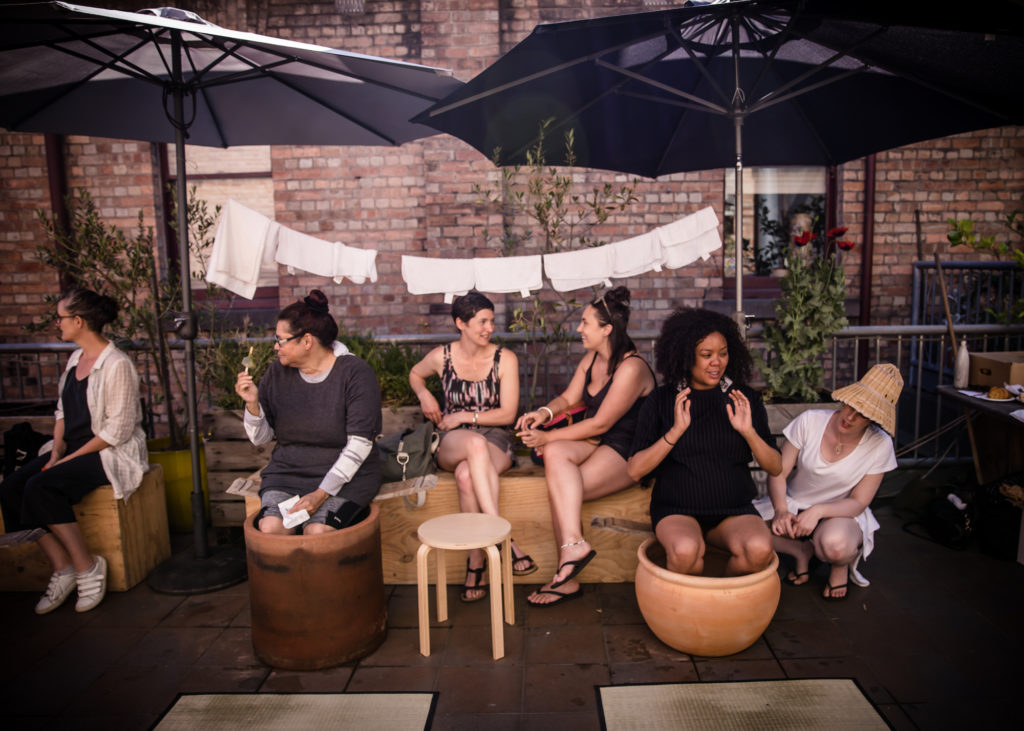
Image: Public Cooling Pools by Punctum Inc. Refuge 2017: Heatwave
Photo by Bryony Jackson
Image description: Six people sit in a row on wooden box benches at Arts House outdoor terrace. The second woman from the left cools her legs in a large vestal whilst eating an ice-cream. The woman second from the far right sits on the edge of a large round vessel with her legs inside as the remaining people sit chatting with one another. A clothing line of white towels hangs above them and two large blue umbrellas.
In 2015, Angharad Wynne Jones, the Artistic Director of Arts House, a cultural program of the City of Melbourne, was nervously scratching her head and patting her tummy after arriving at the realisation that our opportunity to stop the worst impacts of climate change had passed and a shift to preparing for the worst had become an essential cultural service. She had worked her way to this point after a decade operating pro-actively in art-and-climate change through the London International Festival of Art (LIFT) and Tipping Point Australia which she co-founded in 2009.
I was motivated by a desire to wrestle with my own deep fears and tendency to be drawn to individual survival mode as we descend into climate chaos to find/practice/rehearse a collective responsibility and capacity to look out for each other. With a secret hope that in the process of preparation for disaster we might also find the collective energy to take the radical steps necessary to halt further emissions…The intent was that in 5-6 years we could build a community around the problem.
Build a community around the problem. This is the dramaturgical trajectory of Refuge, build a community around the problem of climate change through a years-long inquiry into the nexus of art, community and emergency services. To succeed, it requires the accepted equation of time and human activity that governs these spaces to be contested and reconfigured.
A long-term, 5-year inquiry seemed to be the best format for framing ‘progress’ rather than ‘success’ given the profound and fairly terrifying artistic space of ‘not-knowing’ that the program chose to occupy. ‘Inquiry’ is a very useful descriptor for a project that aspires to operate across sectors; it’s translatable to government, the academy, the arts. An inquiry produces recommendations or findings; an artistic inquiry aspires to produce a better set of questions.
Refuge performs the act of inquiry as a rupture because of the new conventions, institutions, and traditions created in response to it. Creation is the heart of its dramaturgical premise: to create responses, shoots and nodes, rhizomes that grow from the plant stem (the dramaturgy) that then evolve into new conventions, traditions and institutions. This is certainly the case in the emergency services sector and the local community. In both instances, new protocols have grown out of Refuge. These protocols are institutionally substantive and socially progressive, challenging command-control approaches in favour of horizontal networks and re-setting neighbourhood relations in the context of care. By framing the artistic program as an inquiry, it freely allows space for rupture and the responses that might arise given the various forms the impacts of climate change will/might/do take.
Rupture simultaneously occurs in time and affects time in each of the key sectors. For the arts, establishing Refuge as a durational inquiry over 5 years ‘disrupts’ the organisation of time in the traditional settings of cultural production in Australia. This is most apparent in the mechanism of the annual LAB that brings together an unlikely alliance of artists, cultural operators, experts and stakeholders from emergency services and local community, and Indigenous Elders. For community, Refuge asks that time is re-configured as a continuum, a place of constant motion that allows one to understand where one is and how one can go forward by remembering and re-remembering the past. It is an antidote to a culture whose present tense is defined by an inscribed practice of forgetting. And for emergency services, it is the introduction of play in new horizontal networks that disrupts the flow of time because when you lose yourself in time, imagination is activated, response becomes a reflex.
Finally, Refuge not only creates rupture; it has been subject to it. In 2015, the program began its life in the realm of near-future science fiction. By 2019, because of the cascading world events of flood and fire, it was generating narratives people were using to explain what was happening in real-time. By 2021, and in the shadow of the global pandemic, the program is rich compost feeding and nurturing institution, artists and society alike. In some ways, this publication is a reflection of that rare instance when a (speculative) arts program is overtaken by actual events occurring in accelerated time, of reality being outstripped by the far boundaries of fiction it proposed, of being mid-step through a portal of time, as we are now.
References
Bastian, M. 2012. Fatally Confused, Telling the Time in the Midst of Ecological Crises, Journal of Environmental Philosophy # 9.
Bishop, C. 2012. Artificial Hells: Participatory Arts and The Politics of Spectatorship. London: Verso.
Deleuze, G., and Guattari, F. 1980. A Thousand Plateaus. Minneapolis: University of Minnesota Press. Trans. Brian Massumi.
Derrida, J., and Ferraris, M. 2001. A Taste for the Secret. Translated by G. Donis. Cambridge: Polity Press.
Haraway, D. 1997. Modest Witness@Second_Millenium. FemaleMan©_Meets_OncoMouse™: Feminism and Technoscience. New York and London: Routledge.
Haraway, D. 2008. When Species Meet. Minneapolis: University of Minnesota Press.
McKibben, B. 2003. ‘Worried? Us?’ Granta 83 (Autumn).
Header Image: I am here, You are there, I miss you by Neika Lehman, Refuge 2021, Photo by Bryony Jackson.
Image description: A side-portrait of North Melbourne Town Hall on Errol Street on a sunny day. The building is Victorian style with a cream facade and several windows. Three levels are separated by ornamental cornices and at the top is a clock. A window at the bottom of the building on street level displays an artwork with a bold green semi-circle at the top and yellow square with an orange border underneath.
About David Pledger
